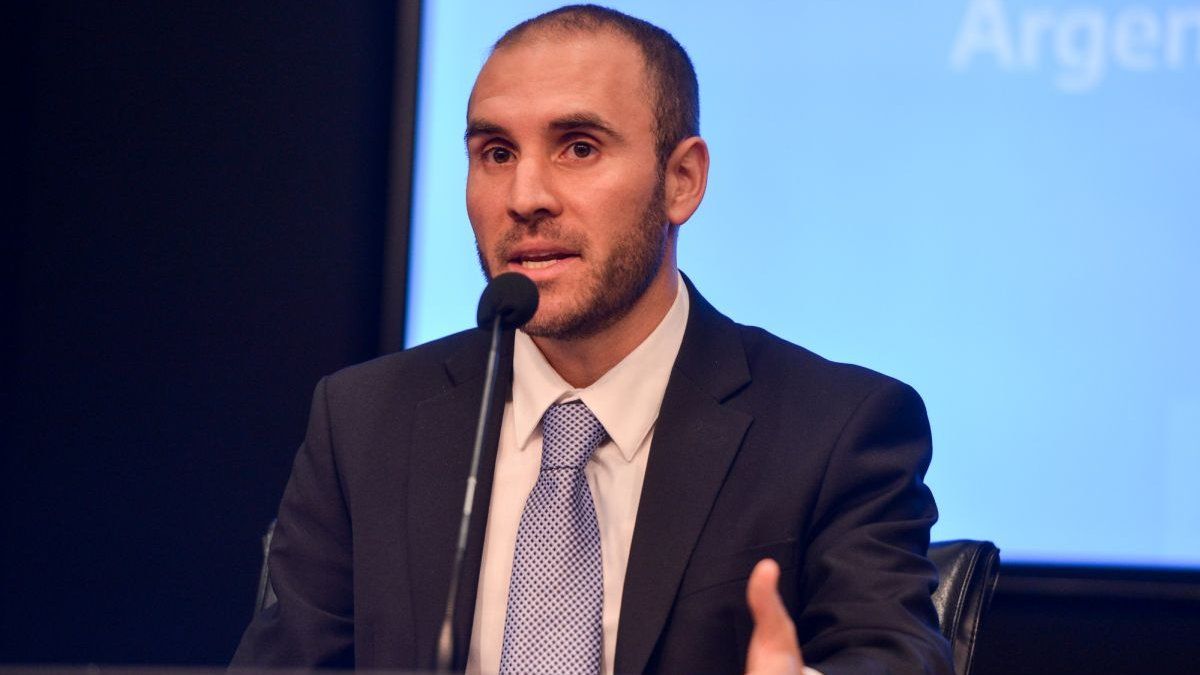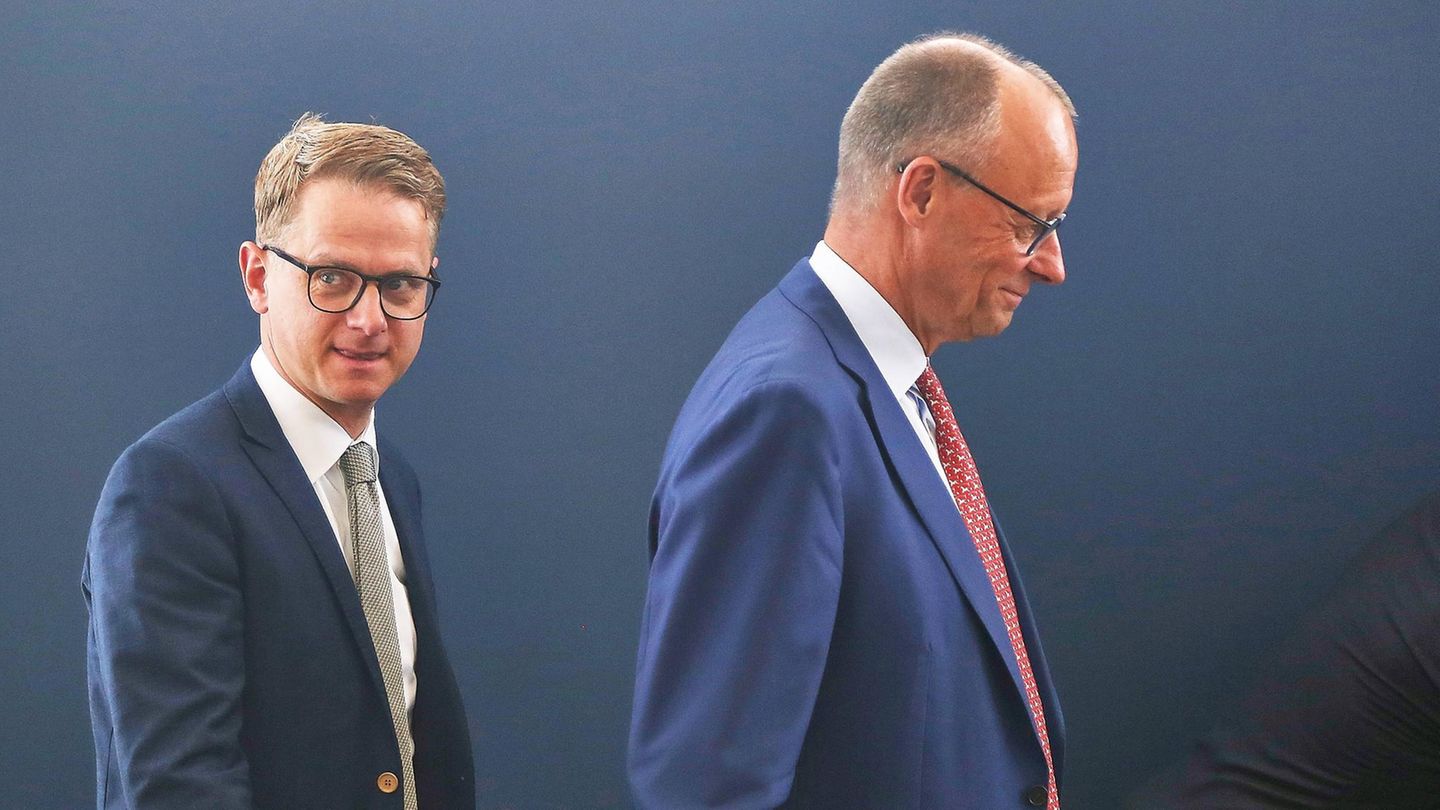The former Minister of Economy, Martin Guzman, differentiated the current economic situation from that experienced in the 1980s, highlighted the role of the United States and the Federal Reserve in the crises that Latin American countries went through in that period. He also recalled the first instances of the negotiation with the IMF.
In an interview with the Institute for New Economic Thinking, a think tank in New York, the former minister pointed out “similarities and differences” between what is happening now and what happened after 1980. “In both cases, the problems were preceded by a period of growth in global liquidity that then abruptly reversed,” He commented in reference to the current scenario of increasing interest rates to reduce inflation.
“In the 1970s, oil price shocks They led to surpluses trade for oil-exporting countries and deficits for importers”, which led, according to the minister, to loans from exporting countries to importers who, starting in 1981, saw an abrupt change in circumstances due to the rise of the interest rate of the Federal Reserve, which then brought it up to 20%.
He also pointed out that in the current situation the rise is much less abrupt, but that the contractionary policies generated problems for the indebted countries in both circumstances. “The first key difference is that the debt crisis of the 1980s included problems in a different set of economies than what we see now,” he remarked.
Another difference he highlighted was the change in creditors: “Back then, international private financing to sovereign countries came mainly in the form of commercial bank loans. Bank exposures, especially from the US and Japan, were so large that a wave of sovereign defaults in Latin America would have created a financial crisis in those two advanced economies and would almost certainly have become a global crisis.”
He also revealed that in a conference at the Trento Summer School, the Swedish economist and former Federal Reserve official Axel Leijonhufvud confessed that during the 1980s the exposure of commercial banks to Latin American debt was so great that the US government resorted to geopolitics to ensure “that there would not be a wave of defaults”.
“They exerted enormous political pressure throughout the decade, which was the time it took to get to a point where accepting a few losses would not bankrupt the banking system. We had Latin American economists in the audience who had been involved in formulating policies in their countries during that decade. They had seen firsthand how the lack of foreign exchange led to a lost decade for growth and, in some cases, hyperinflation, as in Argentina. I remember the grim faces,” he confessed about the climate before the revelations of leijonhufvud
On foreign currency debt, he noted that “when governments borrow, they should be aware that the resolution of the sovereign debt crisis are geopolitical processes”.
Regarding creditors, he added that, unlike in the 1980s, the universe is “more fragmented and more complex to coordinate” today. “Over the last decade and a half there has been a significant increase in the incidence of new official bilateral creditors, referred to as ‘non-Paris Club creditors’. This new group has China as the main player, but also includes other emerging official creditors, such as India, South Africa and Saudi Arabia”.
Guzmán points out that this means that the current crisis “will probably be less systemic, but it will be bad for the countries that suffer it.” “The solution will require a distribution of debt write-offs among classes of creditors. interacting for the first time in history and have competing political interests.
“To resolve countries’ debt crises, neither then nor now is there a multinational system for debt restructuring. This is a major shortcoming of the international financial architecture, which is not accidental but rather the result of international power relations,” he claimed in reference to the international financial architecture on which he has already claimed for adding pressure to the countries with minors. income and be financed through the surcharges that apply to them.
Negotiations with the IMF
The former minister reviewed that, when he took office in 2019, they detected the unsustainability of the debt in foreign currency and that a restructuring with a reduction in payments was necessary.
He further revealed that he asked the IMF to carry out its own debt sustainability analysis, and that the agency’s response was that they could not do it because Argentina was not “under an IMF-supported program (the previous program had completely failed and it had already been rejected, something that the IMF staff themselves recognized years later, in the post-program evaluation published in 2022), so they could not know what the policy parameters they should use were going to be.
“Finally, IMF management decided to produce a ‘technical debt sustainability analysis’ in response to our request. The results of that analysis turned out to be remarkably similar to those of the analysis produced by the Argentine government,” he noted.
Finally, he remarked that the creditors did not like the analysis and that some said they revealed to him that “the staff of the US Treasury Department told them not to pay attention to the IMF document.”
“In that context, it was difficult to anchor creditor expectations, but there was a very important sense in which the IMF’s debt sustainability analysis helped: it helped us deal with what I would callto an “internal political economy problem”, that is, that our own national political system, for different reasons, was not prepared to face a hard negotiation and there were signals to creditors that the government would not be willing to stay in default, even if it meant a very bad deal,” he concluded.
Source: Ambito




